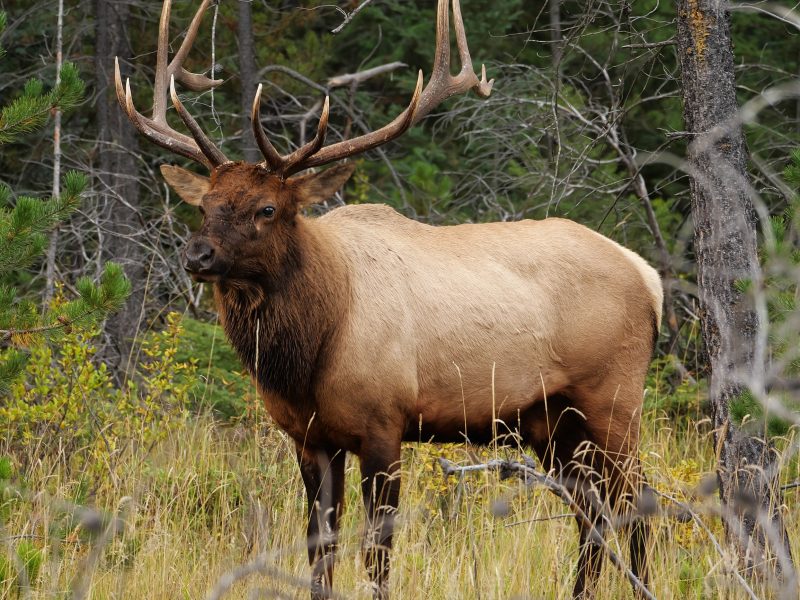Panama makes up one of the smallest countries in the world. But in the case of big things in small packages, Panama also makes up one of the most important countries in the world. After all, it also has the distinction of acting as a gateway between the great oceans of the world. Learn more with these 50 Panama facts.
- 01Panama today has a population of 4.38 million people.
- 02The country covers an estimated area of 47,000 km².
- 03Water makes up an estimated 3% of Panama.
- 04Mestizos make up 65% of the country’s people.
- 05An estimated 92% of the Panamanians follow the Roman Catholic religion.
Several theories exist about the origins of the name Panama.
The most supported of them all involves the Spanish form of the native Kuna word bannaba, meaning far away. A similar theory involves the name Panama coming from a word in a lost native language, meaning many butterflies.
A local legend today also claims that the name Panama itself has an outright native origin. Specifically, a fishing village had the name in the local language, which the Spaniards visited early on. As they took control of the region, they then supposedly applied the village’s name to the land at large. Officially, however, the Panamanian government defines the name Panama as having the meaning of many butterflies, fish, and trees.
The country has distinctive geography.
Panama lies in Central America, with the Atlantic Ocean to the east, and the Pacific Ocean to the west. It actually shares its name with the narrow land strip, or isthmus, linking North and South America with each other, called the Isthmus of Panama. A spine-like mountain range dominates Panama, which geologists call the continental divide. It formed independently by volcanic action, and separately from North America’s own mountain ranges.
As for South America’s Andes Mountain, only the continental divide’s highlands near the Colombian border have a relationship. Volcan Baru today holds the distinction of the highest peak in the continental divide, at 3.46 km high. It also counts as a dormant volcano, with volcanologists having dated its last eruption to around 1500 years ago.
It also enjoys a tropical climate.
On average, Panama has a temperature between 24°C and 30°C, with rare peaks of up to 32°C. The temperature also tends to stay lower on the Pacific side of the country, while frost may occur at higher elevations in the mountains.
As a tropical country, Panama enjoys plenty of rainfall, especially during the rainy season when the country receives up to 3 meters of rain. Meanwhile, the rainy season begins in April, and ends in December, with the Atlantic side of the country usually receiving more rain. That said, rainfall in Panama never drops below 1.3 meters, and as the country lies outside the Hurricane Belt, it only suffers from thunderstorms at worst.


